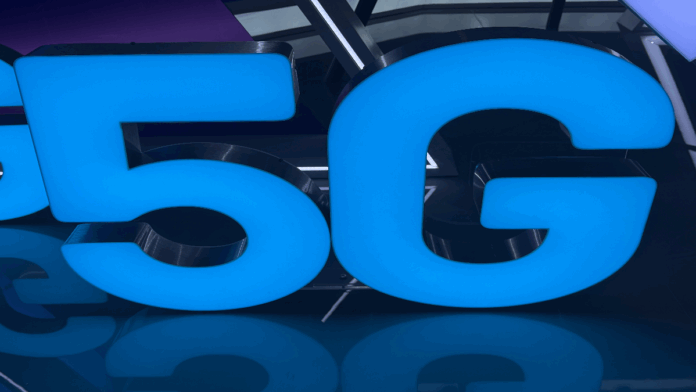EE is also relying on small cells to boost its 5G coverage across the country
In sum – what to know:
EE eyes nationwide 5G+ by 2030 – Coverage is set to reach over 130 towns and cities by end-2025 and 41 million people by spring 2026.
Network rebranding – 5G Standalone is now called 5G+ to better communicate performance and reliability improvements to customers after a year of strong rollout progress.
Tech innovations boost capacity – EE is deploying Ericsson’s triple-band Massive MIMO, expanding small cells past 1,500, and introducing ARC technology to share capacity between sites.
U.K. carrier EE, part of the BT Group, aims to expand its 5G+ network to more than 130 towns and cities by the end of 2025 and reach 41 million people by spring 2026, Greg McCall, BT Group’s chief networks officer, told RCR Wireless News.
McCall noted that EE’s 5G+ — the company’s new name for its 5G Standalone network — already covers over 34 million people. “By the spring of 2026 we expect the network to cover 41 million people (…) with a view to achieving our long-term ambition of delivering the UK’s first nationwide 5G+ network in 2030,” he said.
McCall explained that the recent rebranding from 5G Standalone to 5G+ is meant to make the benefits clearer for customers. “Up until today, we have called the network by the technical term of 5G Standalone. However, given the strong progress we’ve made over the last 12 months – both in terms of rollout and performance – we are today renaming the network as 5G+ in order to better communicate its benefits to our customers,” he said.
Small cells are another key component of BT’s strategy. “Small cells are a crucial component of our network densification plans, helping to boost capacity and performance for customers in busy, high-footfall areas. As such we will continue to deploy them at scale in the year ahead,” McCall added.
EE claimed to be the first European mobile network to deploy Ericsson’s AIR 3284, the world’s first 5G triple-band FDD Massive MIMO radio. Two units are live in Leeds, with hundreds more planned by the end of the decade. The telco also confirmed more than 1,500 small cells are boosting coverage nationwide, including 500 added in the last 12 months, and announced the world’s first launch of Advanced RAN Coordination (ARC) in its distributed network — enabling nearby mobile sites to share capacity and improve performance.
These small cells are being installed on everyday street infrastructure, including BT’s red phone kiosks and digital street hubs, as well as lampposts and other furniture. The company previously noted that it uses advanced network analytics to identify specific locations that would benefit the deployment of small cells. The carrier had also stated that it is currently working with Nordic vendors Nokia and Ericsson to deploy the small cell solutions.

